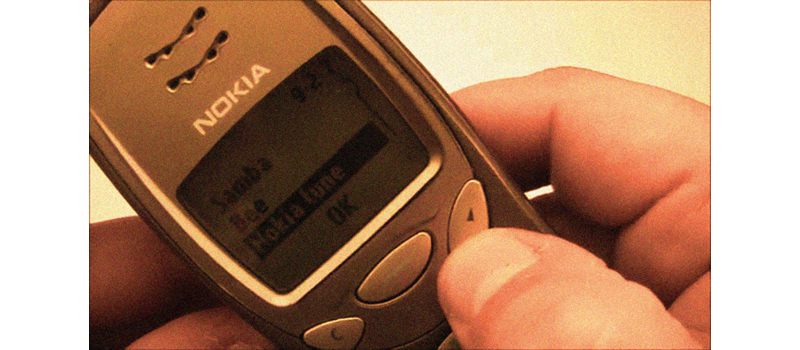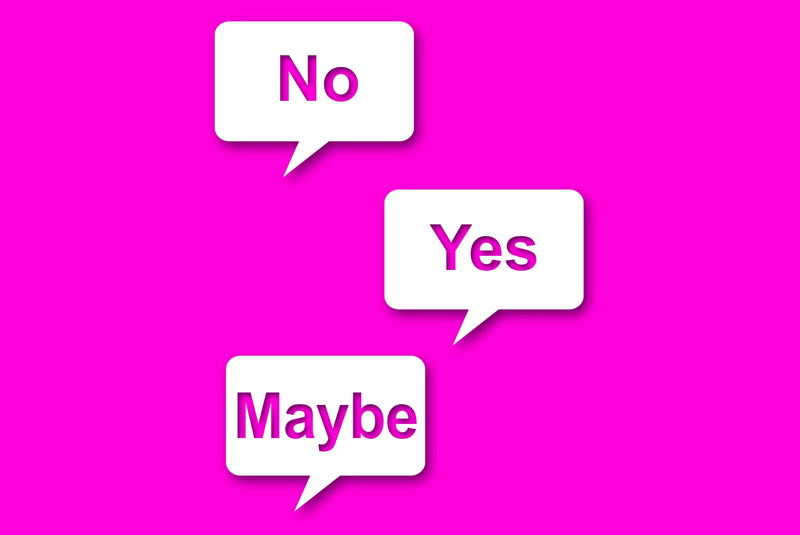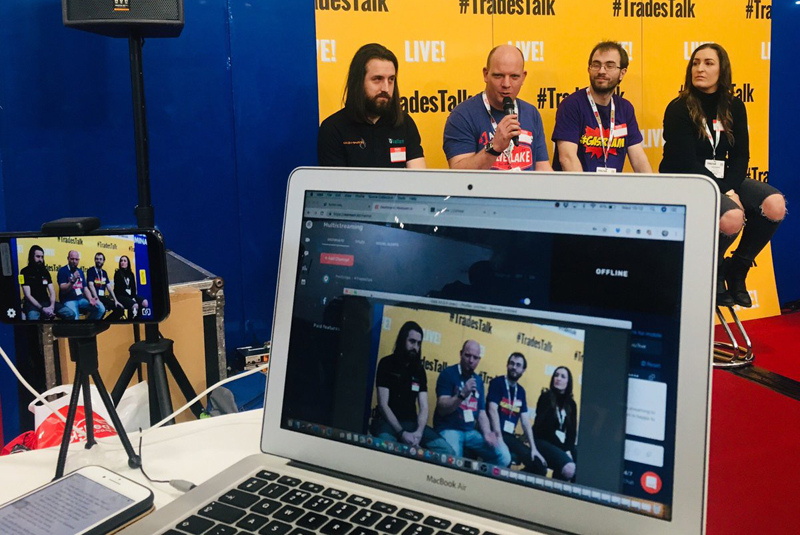
Stuart Duff steps away from a tough level on Candy Crush Saga (briefly) to ponder the way in which tradespeople get the most out of their smartphones.
It’s difficult to make it through any given week without hearing news of yet another brick shortage. A decade or so ago, we could probably have just plugged the gaps with the seemingly indestructible Nokias that weighed down the pockets of men and women across the land. Times have changed – for mobiles, anyway. Bricks are probably much the same… if you can actually lay your hands on one.
Our mobile phone habits have, of course, altered dramatically. The hours lost to Snake are far behind us (bar the odd hipster in East London who’s probably now too busy being irate about the opening of a branch of Pret on Brick Lane to play retro games ironically). No longer do we feel the need abbreviate in the style of a Sinead O’Connor song to avoid paying the extra 10p for a second ‘page’ in a text message. Nor does anyone under 60 say ‘text message’, come to think of it.
Where Nokia once ruled the roost, Apple now leads the way – claiming a 20.4% worldwide market share in the last quarter of 2014. And according to a survey from Construction Marketing Experts, that figure is far higher in the building industry. A whopping 72% of respondents revealed that they use an iPhone, leaving the rest of the market trailing.
So far, so very obvious, perhaps. But it’s the manner of mobile phone use in the industry that throws up some interesting points. The actual phone aspect of a phone is still key to installers, who value the personal touch that a call provides. Equally, text/messenger and email (the demise of which has been greatly overstated) convey the same information without interruption to a customer’s day. Skype, FaceTime and the like also give you the opportunity to interact face to face without the inconvenience to both parties of having to be in the same room – which can be a valuable asset when selling yourself. And making images of previous jobs available to prospective customers is a great way to demonstrate professionalism without requiring them to trawl through your website, so even the likes of Snapchat could have a genuine business use.
From a completely different perspective, manufacturer apps accessible on the job have taken a lot of the pain out of troubleshooting. The idea that you can spend considerably less time navigating technical helplines might just stop you feeling as though you’re banging your head against a brick wall – a definite plus in an age where brick walls are so hard to come by.













